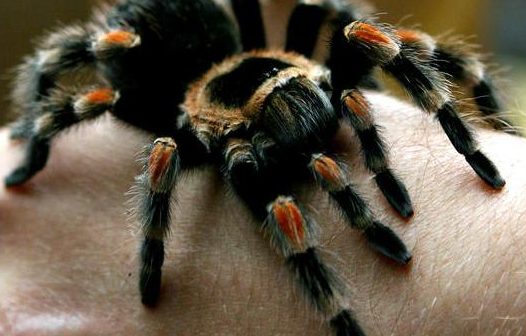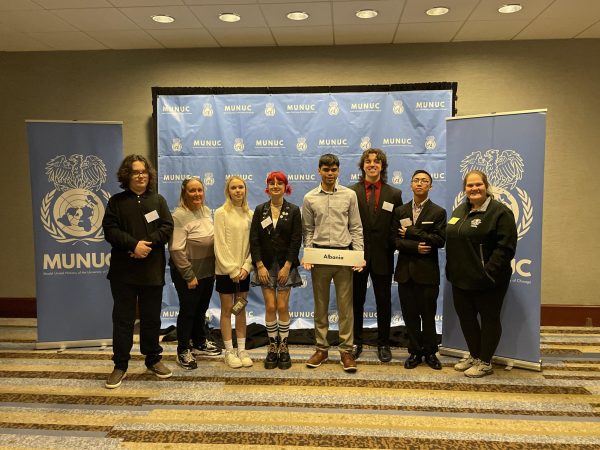Three Newly Discovered Bird Eating Tarantulas
Many spiders do not eat birds, but this discovery of more bird eating tarantulas world wide is great for science.

A man plays with a tarantula spider(Brachypelma Smithi), during a live exotic animal exhibition in the Bulgarian capital Sofia, Saturday, May, 19, 2007. (AP Photo/Petar Petrov)
The genus Avicularia is a group of hairy tarantulas. They narrowed the number of species in the group from 50 to 12, including the three new species of Avicularia that were not noted before. The length of the tarantulas identified between four to 6.6 inches. They live in trees and feed on bats, small birds and insects.
One, a Caei, is found in Brazil. Another, a Lynnae, can be found in Peru and Ecuador. The third, a Merianae, can be found in Peru. This last one was named in honor of the German naturalist Maria Sybilla Merian, who drew the famous illustration of an Avicularia tarantula eating a bird in 1705.
“This illustration gave origin to the name of the genus and the popular name birdeater spiders,” Caroline Sayuri Fukushima said, a researcher at the Instituto Butantan in São Paulo, Brazil. “People at that time did not believe in her observations, saying that a spider eating a bird was a female fantasy.”
The first Avicularia spider was described in 1758. In 1818, the French naturalist Jean-Baptiste Lamarck tried to describe the group. He had added three at that time.
Over the years, more scientists added more spiders to the genus, but no one had any sense of why they put the tarantulas in the genus Avicularia other than their hairiness, living in a tree and eating insects to small birds.
The Ybrapora diversipes was once considered a part of the Avicularia genus. Research established a genus for iridescent specimen from Brazilian Atlantic Rain Forest.
“It just shows how little we know about our world and how much is still out there to be discovered,” junior Russell Goodman said.











